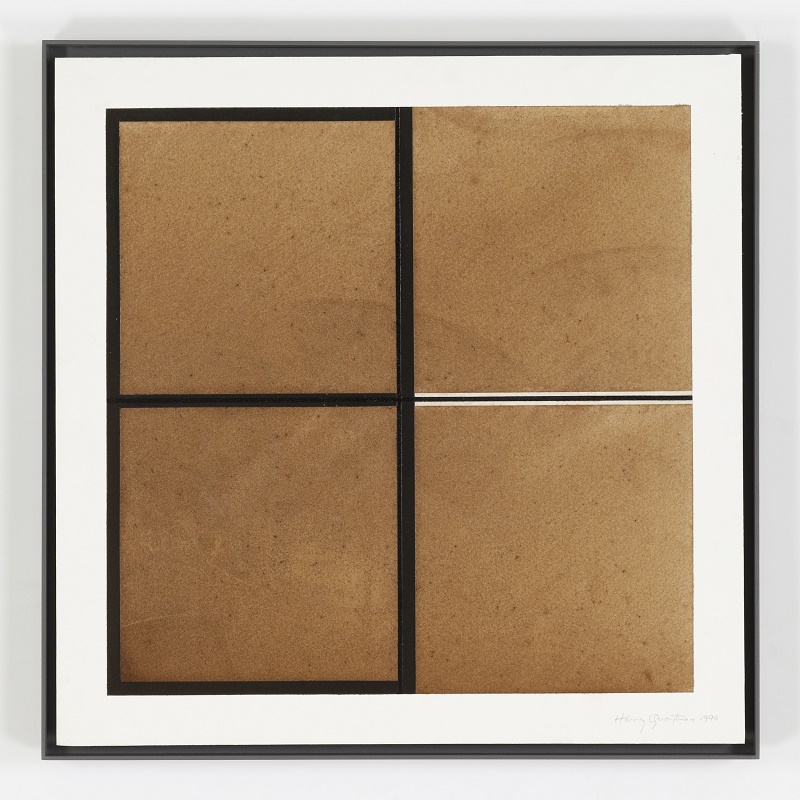The cross in Harvey Quaytman’s work connotes easy association with religious iconography. Such was not the case. Prior to this period Quaytman explored several idiosyncratic shapes in his paintings’ physical structure including the hourglass, the pendulum and a hammock like form. Gradually he drifted back to the rectangle but with a hole in the middle. Simply put, the artist used the cross to obliterate the hole. At this time of the early to middle 80s, Quaytman who had relentless curiosity about many aspects of culture including music, poetry, early Islamic art and ancient Babylon, brings to the fore a marriage of asymmetrical compositions within a rectilinear format allied with his pursuit of the purity of color in highly unusual combinations. Quaytman’s art defies easy categorization. His work was not theory driven, nor was there ever a sense of irony. He was moved by values rooted in culture. So, for example, though his work may be compared to the Minimalists or the school of Neo-Geo, his is more closely allied to the artist Kazimir Malevich for the notions of supremacy and the utopian. He viewed his works as signposts of integrity and spirituality born out of forms that are off kilter compositions in colors that bear no particular meaning. The cross is never a single configuration nor is the choice of colors – yellow, blue, black, white and rust brown – commonly associated with one another. The rust color is indeed composed of rust filings and his whites are paint suffused with ground glass that produces a unique luminescence. In the words of Dore Aston, Quaytman’s greatest interest was in…“creative restraint: a deeply knowledgeable discipline that, by apparently imposing limitations, opens marvelously.”
In 2018 Harvey Quaytman will have a retrospective exhibition at the Berkeley Art Museum, University of California curated by Apsara DiQuinzio, curator of Modern and Contemporary Art. He has had more than 60 solo gallery exhibitions in different parts of the world including New York, Los Angeles, London, Berlin, Cologne, Paris, Copenhagen, Stockholm and Oslo. He is represented in many museum collections worldwide such as the Carnegie Museum of Art, Pittsburgh, PA; Harvard Art Museums, Fogg Art Museum, Harvard University, Cambridge, MA; Houston Museum of Fine Arts, Texas; The Israel Museum, Jerusalem; Louisiana Museum of Modern Art, Humlebaek, Denmark; Museum of Modern Art, New York; the National Gallery of Australia, Canberra; Phillips Collection, Washington, DC; Tate Gallery, London, England; Whitney Museum of American Art, New York; Yale University Art Gallery, New Haven, CT.
[text via Van Doren Waxter Gallery]
